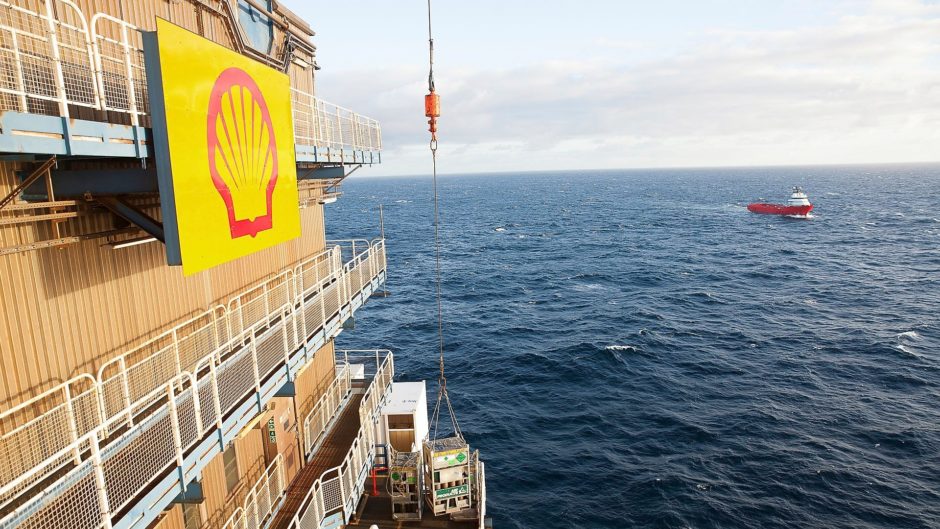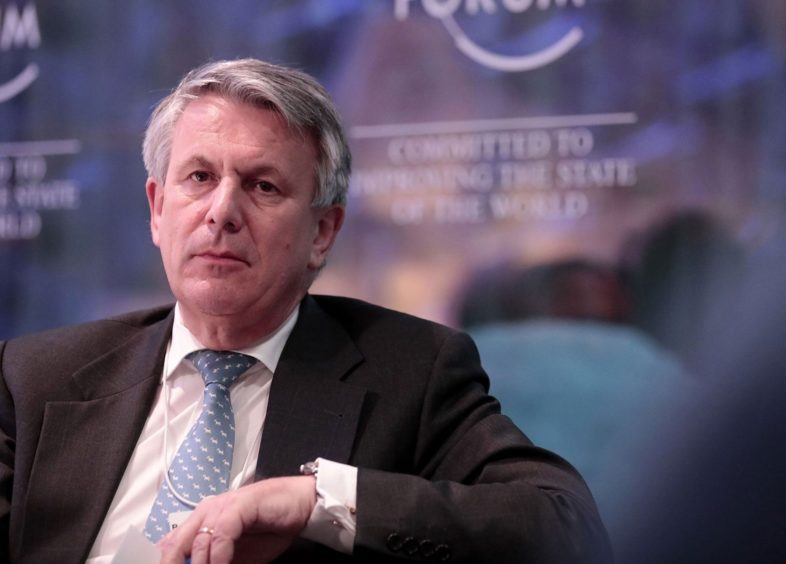Running out of conspiracy theories to match their IQAnon, Republican politicians have discovered critical race theory as the next worst thing to endanger American civilization.
June 13, 2021 by Flagler Live

As lawmakers in at least 15 states are attempting to pass legislation that would require teachers to lie to students about the role of racism, sexism, heterosexism, and oppression throughout U.S. history, educators and communities are pushing back. (Photo: via Zinn Education Project)
In 1973 the Black legal scholar Derrick Bell published a thousand-page book called “Race, Racism and American Law.” It was a study of how the law failed to address racism, not just regarding Blacks, but Asians and other immigrants. Bell proposed innovative teaching techniques to challenge the convention that the law was in any way colorblind. The book wasn’t heavily reviewed. One reviewer in a scholarly journal even asked: “how much in demand (or how valuable) is a course dealing solely with racism, especially in the seeming ebb tide of student activism?"
If only he knew. Bell had given birth to what would be called critical race theory, which finds the civil rights achievements of the 1960s insufficient. Racism is too embedded in politics, law and culture to be countered only institutionally, and there are no such things as neutral laws or neutral perspectives. They’re all defined by the person’s point of view, itself defined by race. In other words, race and perspective are impossible to separate from how law is meted out, how history is taught, how literature is read—or whether a banker decides to award a loan to a client or how a jury judges a defendant.
"There’s no question that like any other theory, critical race has its pros and cons. It’s fascinating and insightful in many ways, and it’s debatable and controversial in others. But that’s what theories are for."
Those are big assumptions. They’re not uncontroversial. Just because the driving aim addresses a fundamental injustice doesn’t make the method inherently virtuous, or right. There is something confining, deterministic, in a premise that judges a white person incapable of a certain understanding or fairness just because that person is white. It’s a bit like Calvinistic dogma that if you’re not among the chosen ones, your soul is doomed no matter what you do. Predeterminism of the sort just doesn’t jive with a democratic character jacked up on free will and individualism.
Yet that’s one of the tenets of critical race theory. The theory’s defenders often enough consider their assumptions self-evident, bypassing the need to prove their case with more than outrage or sanctimony. But there’s also something liberating about it when it basically says: let’s stop kidding ourselves by pretending that race isn’t as defining a factor as it is, especially when whites are the first to say it isn’t, the first to cry “race card!” when they haven’t experienced an iota of the racism people of color or immigrants routinely do. Sometimes the assumptions need no more proof than the day’s news stories, from George Floyd to rigged valedictorian tabulations to attacks on the military’s push for diversity. And that’s before wading into social mierda’s sewers. The Declaration’s truths aren’t the only self-evident game in town.
Bell was looking at his own mass of headlines when he proposed his new method. Two seminal events then turned critical race theory into a movement.
In 1981, Harvard law School offered a course that took its title from that of Bell’s book. But the professor was white. Students protested. They wanted a Black professor. The law school refused. Students informally launched a course of their own, inviting Black scholars to lecture. One of those students and two of the guest lecturers, Charles R. Lawrence, Richard Delgado and Kimberle Williams Crenshaw, would go on in 1993 to write the first book that gave critical race theory its name (“Words That Wound: Critical Race Theory, Assaultive Speech, And The First Amendment”). The book would be greatly influential and I think justifiably controversial in one of the theory’s major achievements: all those hate-speech laws you see around the country are its direct result.
The book opened the way to making words, not just actions, objectionable under the First Amendment. That, too, is the fruit of critical race theory. The same year of “Words That Wound” Catharine MacKinnon published “Only Words,” at heart an attack on the First Amendment as a shield for porn, which MacKinnon equated with actual violence and the subjugation of women. None of these theories bear accepting at face value. I personally find them more offensive to the First Amendment than the other way around.
Carlin Romano’s famous review of MacKinnon’s book, impossible to imagine in a post-MeToo era, made the point in The Nation: “Suppose I decide to rape Catharine MacKinnon before reviewing her book. Because I’m uncertain whether she understands the difference between being raped and binge exposed to pornography, I consider it required research for my critique of her manifesto that pornography equals rape and should be banned. I plot and strategize, but at the last minute, I chicken out. People simply won’t understand.” The review gets only more savage after that. MacKinnon called it “a public rape,” prompting Romano to reply, I think correctly: “She’s gone from saying pornography is rape to saying book reviewing is rape. Catharine MacKinnon’s mind is one long slippery slope.” But that’s what the marketplace of ideas is about.
In popular culture, there was a connection between critical race theory and Spike Lee’s absurd belief the year of “Only Words” that only Blacks should make movies about Blacks. He’d objected to Norman Jewison directing “Malcolm X.” Lee was an outlier then. He’s conventional now. We see his thinking in the more recent wave of cancel-crazy opposition to “cultural appropriation,” as if whites couldn’t possibly write truthfully about other races (or portray them in movies or the stage), as if men couldn’t possibly write about women (sorry Flaubert: Madame Bovary repudiates you), as if art were gender and racially and ethnically coded. I don’t know of a definition of art that is more contrary to art. There’s also an alarming and increasingly common connection between “Only Words”’ fallout and college campus attacks on the First Amendment in the name of protecting or respecting minorities.
Of course it’s easy to cherry-pick the theory’s extremists to demolish it. It’s also dishonest to base the analysis on its extremes, or to dismiss it–let alone repress it–because of them.
The other event that brought the theory to the streets was the O.J. Simpson trial in 1994 and 1995. As Jeffrey Rosen, a legal scholar, wrote at the time of Simpson’s attorney Johnnie Cochran, his “strategy in the courtroom might be best described as applied critical race theory.” Blacks wouldn’t convict Simpson–not because he wasn’t guilty, but because the system was stacked against him. Cochran’s thinking may have been as flawed as MacKinnon’s. It proved obviously persuasive to the jury of Simpson’s peers. Explode that to a national scale of how Blacks may see whites and vice versa, and you begin to see the reach of critical race theory in our lives.
But it’s hardly just theory. It’s simply impossible to look at the more abject record of American law and not see the rank racism critical race theory points toward in decisions such as Dred Scott (Blacks couldn’t be citizens), Plessy v. Ferguson (separate but equal), Korematsu v. United States (nothing wrong with sending Jap-Americans to concentration camps) and the more recent decision upholding the Muslim ban during the Trump years. (Yes, it was a Muslim ban even by the most restrictive interpretations.)
This isn’t cherry-picking anymore. These decisions were the Matthew, Mark, Luke and John of American law. Just because they’ve been repealed (Korematsu was repealed in the very same breath as its Islamophobic twin was ratified) doesn’t remove them from what still makes us what we are. It doesn’t remove what the legal scholar Jamal Greene called the “reasonable possibility” that such decisions weren’t just products of individual racists on the court, but of reasoning thought sound at the time because the Constitution enables racism. That Constitution is still with us. And that, in a nutshell, is critical race theory. All sanctimony and outrage aside, that nut is hard to disprove as a “left-wing myth.”
"If there ever was proof beyond a reasonable doubt that critical race theory is reality–that American institutions such as our legislatures and courts are sick to the core with racism–Trumpist Republicans are providing us that proof in spades."
Considering that at the time of the O.J. Simpson trial Newt Gingrich, Rush Limbaugh and, a year later, Fox News were reducing all politics to ideology, it’s a wonder the theory took another quarter century to become the latest fodder in the culture wars. The delay is telling, and one of the many ironies giving the lie to the seriousness of this new fear over critical theory. The theory grew, thrived and itself became embedded in academic, legal and social perspectives even as Reagan, Bushes and Trump presidencies and the Scalia-Roberts-Barrett reaction in law attempted to make America wasp again. More to the point, the theory was in the scope of liberal journals like The Nation, the New Republic and Dissent and of critics, among them Henry Louis Gates Jr., Jeffrey Rosen, Ronald Dworkin (taking on critical legal studies, the race theory’s sibling) and others, long before conservatives noticed it.
Only now, running out of conspiracy theories to match their IQAnon, Republican politicians have discovered critical race theory as the next worst thing to endanger American civilization. Their rage seems to have been instigated by a few paragraphs in the monumental New York Times 1619 Project, those parts that placed slavery much deeper in the founders’ liturgy than these present-day Trumpist paragons of diversity and love for their colored brothers and sisters are comfortable with.
After the failed attempt of Trump’s 1776 Commission to transform American history into Herman Wouk-washed hagiography, these defenders of the American faith are passing laws in several states to ban the teaching of critical race theory without understanding the first thing about it, calling it “indoctrination” and cherry-picking their way through a few dumb examples. Florida just enacted one such sanitizing bull through a Department of Education rule, turning American history into a Disney ride through Happyland. Nothing less should be expected from a state that prefers to whitewash the word slavery in its civic standards.
There’s no question that like any other theory, critical race has its pros and cons. It’s fascinating and insightful in many ways, and it’s debatable and controversial in others. But that’s what theories are for. Their evolution in the free spirit of academic and cultural freedom allows them to be challenged and refined, to grow or wither. The last thing they need is political hijacking. That’s what the Soviet Union did to its academies. That’s what North Korea still does. And that is what our more Trumpist legislatures and education departments are doing—proudly, self-righteously and vengefully.
So here’s the great irony: we’ve gone from a theory that considers racism inseparable from laws and institutions in American life to the actual enactment of rules and laws that forbid the teaching or consideration of racism as inseparable from American life. Put another way: if there ever was proof beyond a reasonable doubt that critical race theory is reality–that American institutions such as our legislatures and courts are sick to the core with racism–Trumpist Republicans are providing us that proof in spades. They are elevating critical race theory from theory to fact, and from controversy to necessity.
© 2019 Pierre Tristam

Pierre Tristam is a journalist, writer, editor and lecturer. He is currently the editor and publisher of FlaglerLive.com, a non-profit news site in Florida. A native of Beirut, Lebanon, who became an American citizen in 1986, Pierre is one of the United States' only Arab Americans with a regular current affairs column in a mainstream, metropolitan newspaper. Reach him at: ptristam@gmail.com or follow him through twitter: @pierretristam


























